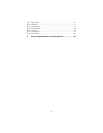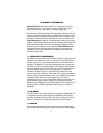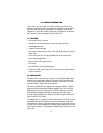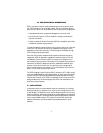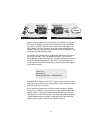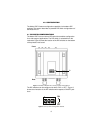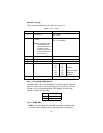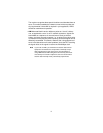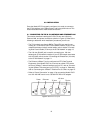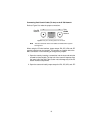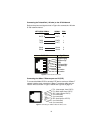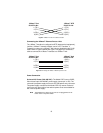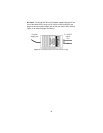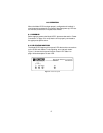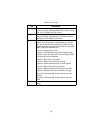11
The receiver recognizes these special violations and decodes them as
zeros. This method enables the network to meet minimum pulse den-
sity requirements. Unless AMI is required in your application, HDB3
should be used whenever possible.
•
AMI
. Alternate Mark Inversion defines a pulse as a "mark,” a binary
one, as opposed to a zero. In an E1 network connection, signals are
transmitted as a sequence of ones and zeros. Ones are sent as
pulses, and zeros are sent as spaces, i.e., no pulse. Every other pulse
is inverted from the previous pulse in polarity, so that the signal can be
effectively transmitted. This means, however, that a long sequence of
zeros in the data stream will cause problems, since the NTU receiving
the signal relies on the signal to recover the 2.048 Mbps clock.
Note
If you must use AMI, you should ensure that the data terminal
equipment connected to the unit provides a minimally accept-
able pulse density. For this reason, there are advantages to
using HDB3 instead. AMI coding does not inherently account for
ones density. To meet this requirement, the user should ensure
that the data inherently meets pulse density requirements.



